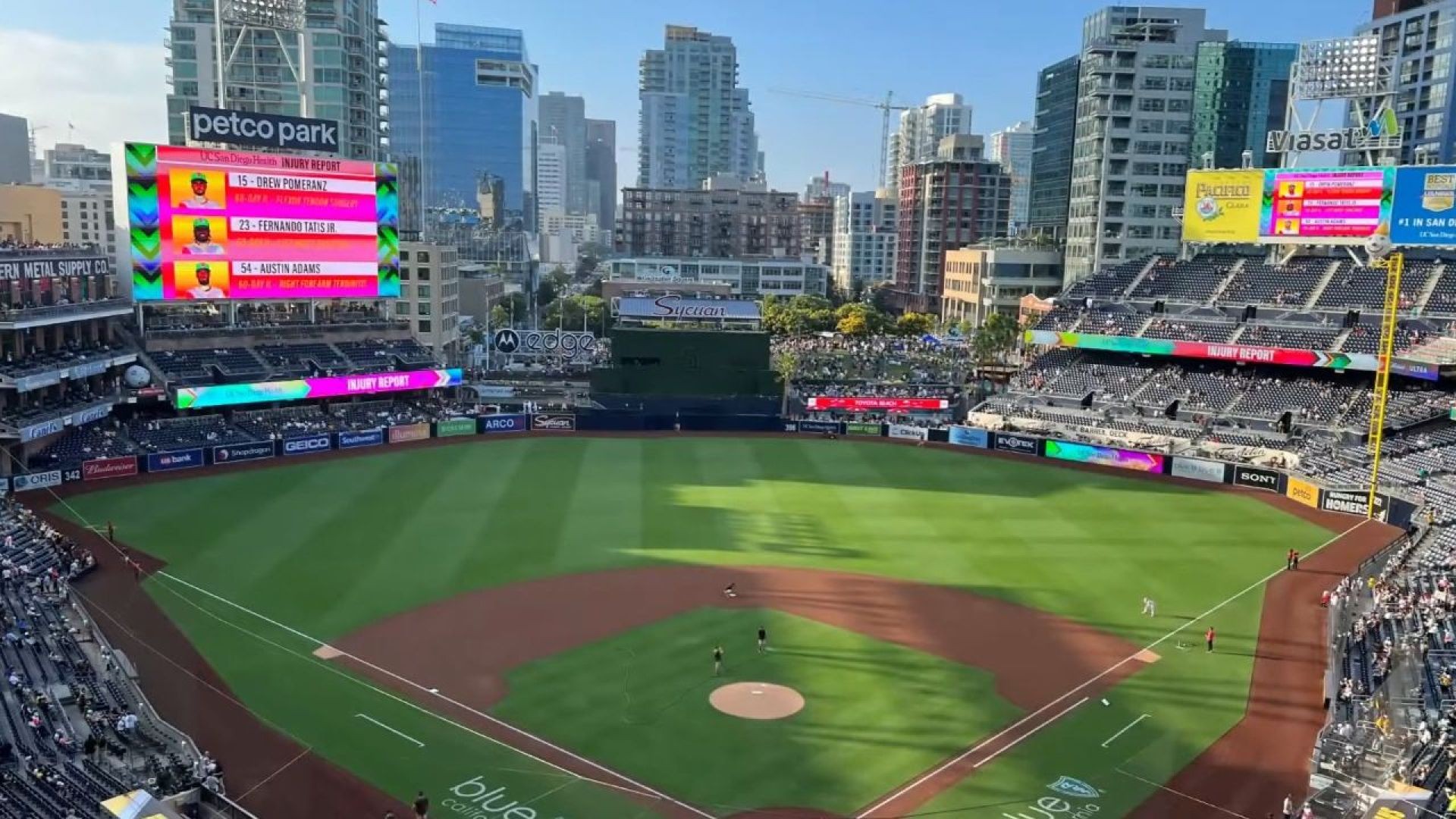Exploring the Balance: Judicial Activism and Judicial Restraint
In recent discussions about judicial philosophy, the terms judicial activism and judicial restraint have emerged as crucial concepts that shape how courts interact with laws and societal changes. This article delves into the definitions and examples of each philosophy, illustrating their impact on landmark court decisions and how they reflect broader political perspectives.
Key Takeaways
🏛 Judicial Activism: Advocates for overturning laws deemed outdated or unjust influence policy through court decisions.
📜 Historical Example of Activism: The Warren Court's ruling in Brown vs. Board of Education, which overturned segregation, exemplifies judicial activism.
⚖ Judicial Restraint Overview: Focuses on adhering to laws and precedents without interpreting societal changes.
🚫 Notable Case of Restraint: The Korematsu v. United States decision upheld government actions during WWII, showing judicial restraint's potential pitfalls.
🔄 Impact Across the Spectrum: Both liberal and conservative courts have engaged in judicial activism, challenging the misconception that it is ideologically one-sided.
📏 Comparative Analysis: Activism and restraint illustrate differing approaches to constitutional interpretation and legal precedents.
🧐 Modern Implications: Understanding these philosophies is crucial for predicting how current courts might rule on controversial issues.
"Judicial activism and restraint shape landmark rulings, reflecting deep philosophical divides within the judiciary."
#judicialactivism #judicialrestraint #supremecourt #legalphilosophy #courtdecisions





















SORT BY-
Top Comments
-
Latest comments